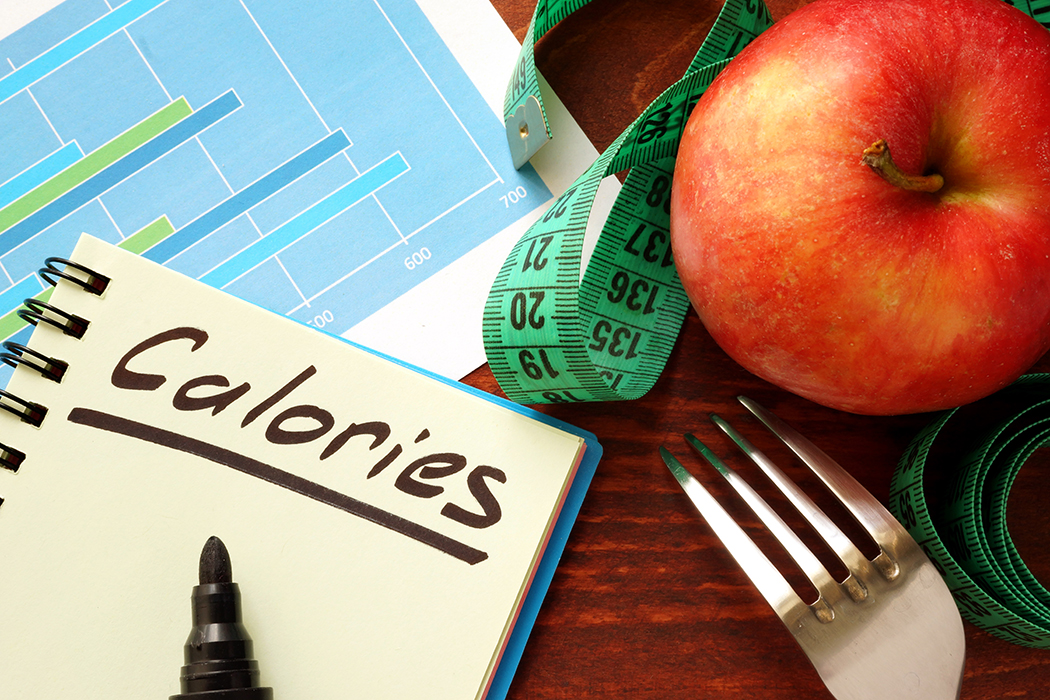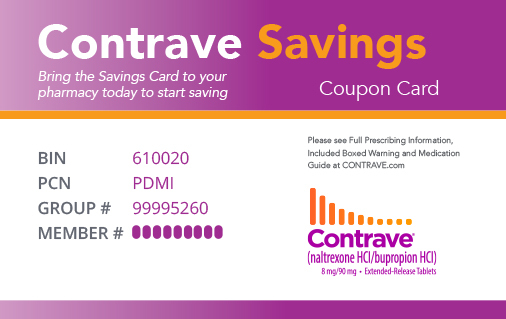The Keto Diet For Beginners: How to Start a Ketogenic Diet Plan
In recent years, the keto (short for ketogenic) diet plan has taken the world by storm. It’s mentioned by celebrities, all over social media, and maybe even by your own family and friends. The keto diet is all about limiting carbohydrates and increasing fats in your diet. By doing this, you can potentially enter a metabolic state known as ketosis. Following the keto diet can deliver many benefits and may help support your weight loss efforts. Some people have health conditions or take medications that may require modifications or close monitoring when starting a keto diet. Talk to your healthcare provider before starting any type of keto diet or similar eating plan. There is no diet plan that works for everyone, nor will everyone necessarily get the same results. If you’ve been thinking about trying out the keto diet, check out this beginner’s guide—we explain what the keto diet is, how to start the keto diet, and the pros and cons of this diet plan. Let’s get started!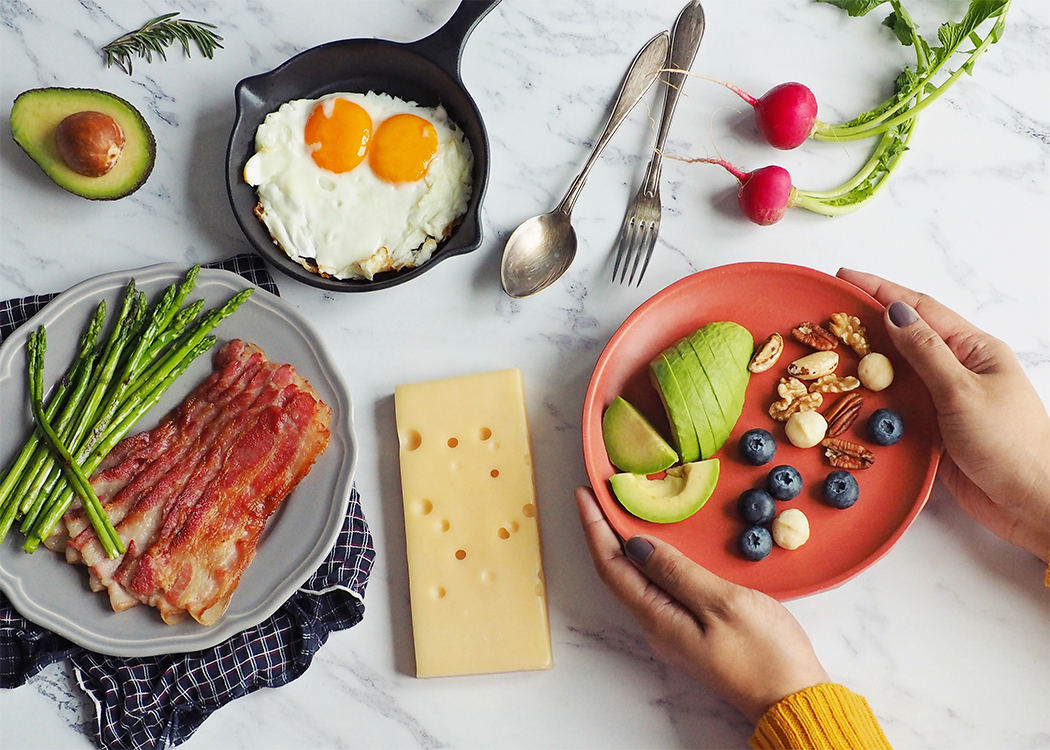
- What Is the Keto Diet?
- What Is Ketosis?
- Can a Ketogenic Diet Plan Help with Weight Loss?
- How to Start the Keto Diet
- Keto Diet Risks
- Final Notes
What Is the Keto Diet?
A ketogenic diet plan is an ultra-low-carb, moderate-protein, and high-fat diet that triggers your body to go into a state called ketosis. During ketosis, your body begins to burn fat as fuel instead of using glucose (aka carbohydrates) for energy as usual.
Burning fat by tapping into your fat stores for energy may help accelerate your weight loss efforts. A lower sugar intake may also help people with type 2 diabetes better manage their blood sugar in general.
What Is Ketosis?
Ketosis happens when the body switches from using glucose for energy to burning fat instead. You can trigger this metabolic state by eating a low-carb keto diet full of healthy fats and proteins. Your body can also go into ketosis after not eating for a prolonged amount of time. This may be part of the reason why intermittent fasting can be effective for weight loss.
As you learn how to do a keto diet, you’ll start consuming fewer carbs and end up in ketosis after depleting your body’s preferred glucose stores. As soon as that happens, your body will start breaking down fat into compounds called ketones. Your brain and body will use these ketones for energy from that point forward.
The ketones primarily come from the fat you eat in food, but your body can tap into your body’s fat stores as well. As the body adjusts, your liver will increase its natural production of ketones to ensure you have enough energy to think clearly and go about your day.
Can a Ketogenic Diet Plan Help with Weight Loss?
With the right ratio of macronutrients (carbs, fats, and proteins), the ketogenic diet plan may help people lose weight faster than typical calorie-restricted diet. However, you will still not see instant results. Your body may need a few weeks to make the switch from using glucose for energy to burning fat.
To get the best results while on the keto diet, it’s best to continue to maintain a slight caloric deficit. Ideally, you’ll want to keep your carb levels under 20 grams daily. Match your fat and protein intake to your weight and activity levels—there are online macronutrient calculators that can help you determine these numbers. Consider sticking with a weight loss rate of one to two pounds per week, so that you give your body time to adjust to the keto diet.
If you’re experiencing difficulty losing weight, you may need to decrease your protein levels or increase your calorie deficit. You might also want to talk to your healthcare provider about any potential underlying conditions that may be preventing you from losing weight. They can also help by prescribing weight loss medications, sending you to a nutritionist, or recommending other weight loss strategies or specialized diets such as keto.
How to Start the Keto Diet
So how do you start the keto diet? First, you need to know which ketogenic diet macronutrient plan you’d like to follow. Then, you’ll determine the foods you can and can’t eat while on keto. There are many online resources with lists of low-carb and high-fat foods. Having this groundwork will help you set the right goals for health and wellness, and to pick the appropriate keto diet type.
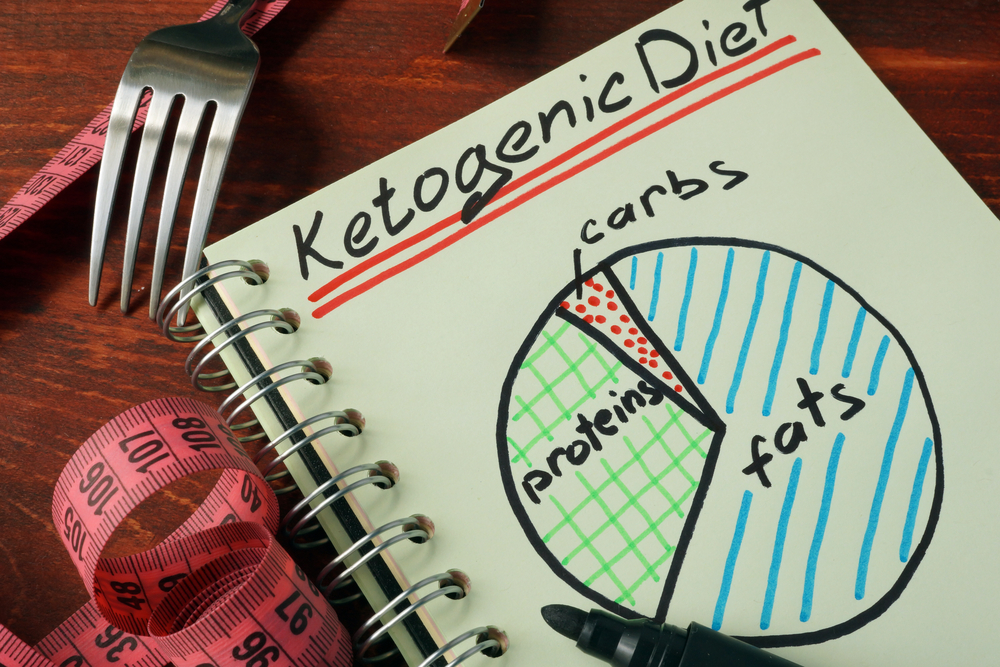
As you get started, note that there are a few variations of the keto diet to choose from. The standard approach keeps your carbs at 5% to 10% of your daily intake. The rest of your daily intake is made up of 30% to 35% protein and up to 60% fat. Across plans, fat will make up the majority of your caloric intake when following the keto diet.
Other keto diet types include:
- MCT: The MCT ketogenic diet focuses on deriving daily fat from coconut oil and other medium chain triglycerides (MCTs) over other types of fats.
- Targeted: When following the targeted ketogenic diet, you time the intake of all carbohydrates around your daily exercise sessions.
- Well-Formulated: The well-formulated ketogenic diet follows a strict macronutrient blueprint designed to improve results.
- High Protein: On the high protein ketogenic diet, you’ll consume up to 35% protein while keeping carbs at 5% and fat at 60%.
- Cyclical: The cyclical ketogenic diet involves staying on plan for five days and then having two high-carb off days per week.
If you’re unsure which keto diet to choose, work with your healthcare provider to create the best dietary plan for your needs. They will look at your current health, weight loss goals, and lifestyle preferences to help you make the right decision.
Foods to Eat on Keto
- Beef
- Pork
- Poultry
- Fish
- Non-starchy vegetables
- Cheese
- Olive oil
- Coconut oil
- Butter
- Nuts
- Seeds
- Eggs
- High-fat dairy
- Avocados
- Berries
The keto diet is not about deprivation. You can even have chocolate! Just aim for something with a cocoa content of 70% or more and watch your serving size. You might even find new keto-friendly healthy snacks to savor along the way.
Don’t worry about making mistakes as you initially try to meet your macronutrient goals. You’ll learn what foods are keto-friendly as you go, and what you learn will help make it easier to stick to the plan in the long run.
Foods to Avoid on Keto
While learning how to do the keto diet, consider this your no-go list and keep these foods to help meet your daily macronutrient goals:
- Grains
- Beans and lentils
- High-sugar fruits
- Starchy vegetables
- Low-fat dairy
- Processed treats
- Margarine
- Fruit juice
- Sugary soda
- Candy
- Honey
- Agave
Anything with more than five grams of carbohydrates or sugar per serving will likely make it challenging to stick to the keto eating plan. Meal-prepping or at least planning out what you are going ahead of time can help you select the right foods for your diet and avoid eating too many carbs accidentally.
There are a lot of keto-friendly, highly-processed foods out there, but try to stick with whole foods more often than not to ensure your body gets the right vitamins and minerals in every meal on the keto diet.
Keto Diet Risks
The keto diet is not right for everyone and may require close monitoring or medication adjustments for people with certain health conditions. Always discuss appropriate diet restrictions for your health conditions with your health care provider before you start on a keto or other low-carb diet.
The main side effects of a keto diet plan are:
- Keto flu can occur as your body adapts to the ketogenic diet, resulting in flu-like symptoms such as stomach upset, headaches, and fatigue.
- Constipation can take place due to a decrease in fiber and can lead to stomach pain, hemorrhoids, and fecal impaction.
- Nausea, vomiting, and dizziness are short-term side effects that have been associated with the keto diet.
- Insomnia can potentially occur in those who are just starting out on the keto diet.
- Fatigue can set in if you’re not getting the right combination of macro- and micronutrients each day.
Ultimately, the side effects of eating a low-carb diet are often associated with the types of foods you eat. For example, if you go for saturated fat instead of healthy unsaturated fats, your risk of heart disease may increase. On top of that, your stroke risk may increase if your LDL cholesterol levels rise too much.
Keto isn’t a meat and cheese diet. It’s important to eat the full rainbow of veggies to ensure your body gets the right combo of micronutrients. Otherwise, nutrient deficiencies could lead to a wide range of health problems and may interfere with your weight loss and wellness efforts.
If you experience any side effects, let your healthcare provider know how you feel. They will assess your diet and overall health to create a care plan that supports your weight loss journey,
Final Notes
Now that you know what the keto diet is, you are ready to determine you want to try it out for yourself. No matter what path you choose, make sure to consult with your healthcare provider before starting the keto diet. They can provide you with valuable guidance, as well as insights into whether the keto diet is right for you.
Related Resources
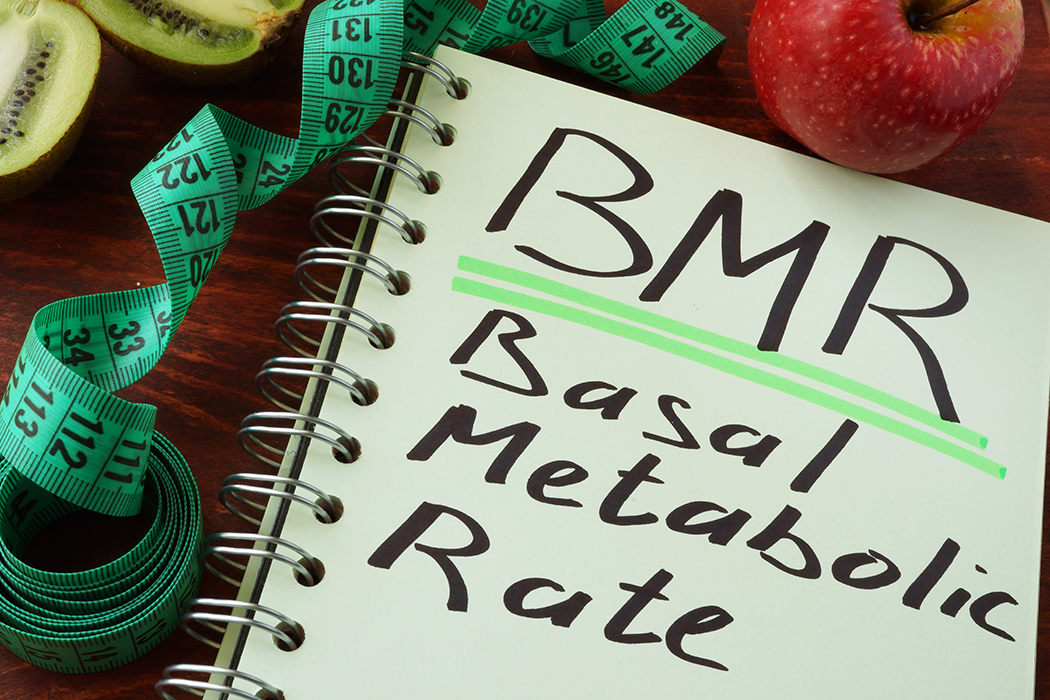
BMR Calculator: Calculate Your Basal Metabolic Rate
View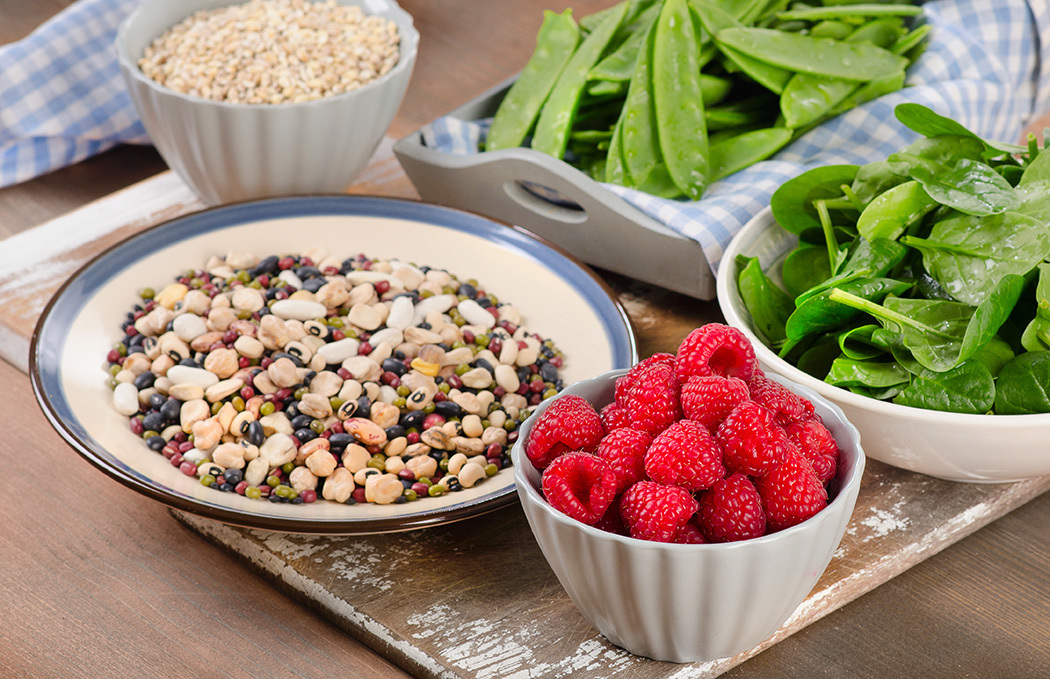
High Fiber Foods That Are Good for Weight Loss
View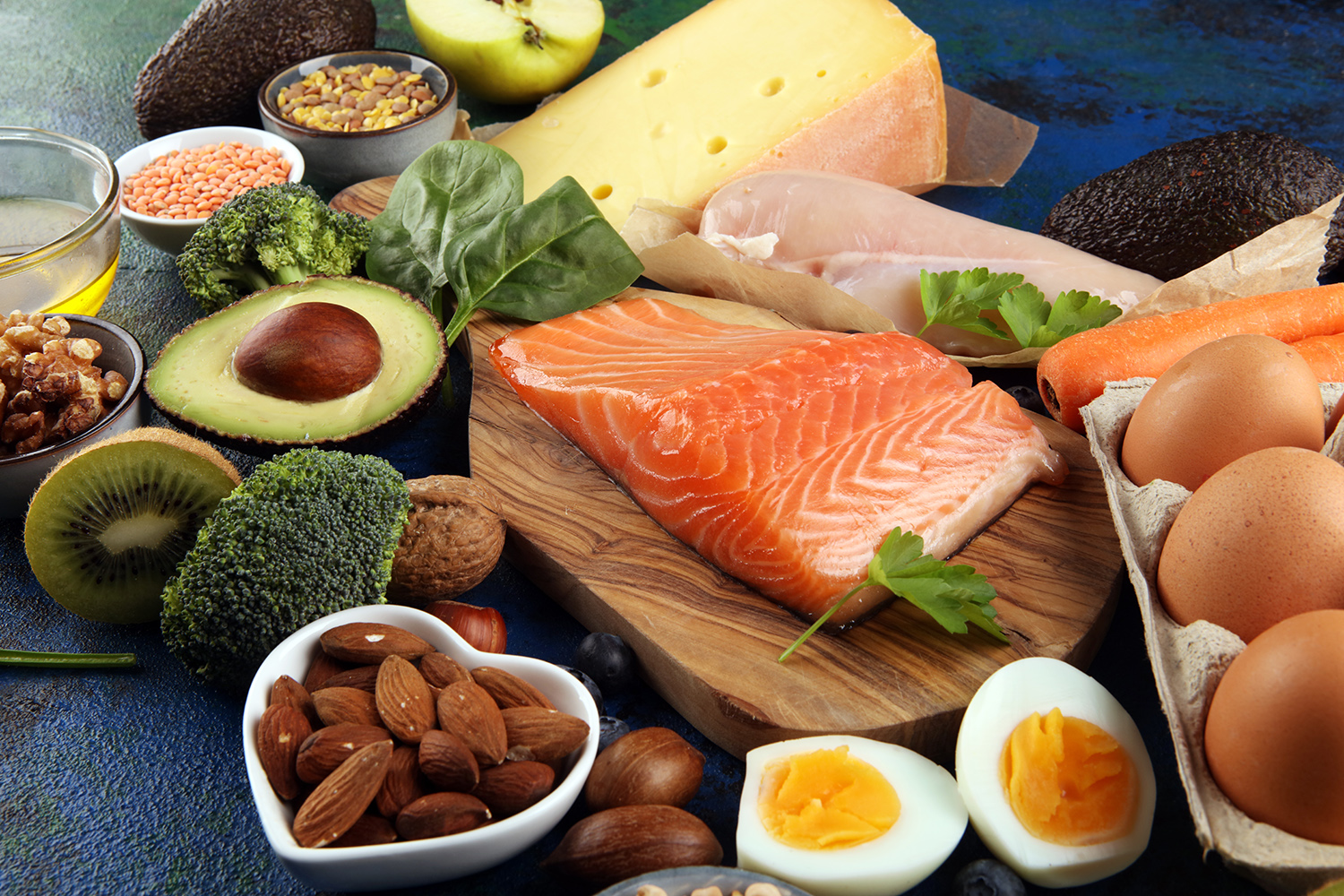
How Much Protein Do I Need to Help Me Achieve My Weight Loss Goals?
ViewLatest Resources
Ask your healthcare provider about CONTRAVE
Get help starting the conversation.
The CONTRAVE Chronicles Blog
Get recipes, workouts, success stories, and healthy lifestyle tips.
Just getting started with CONTRAVE?
See what you can expect.
